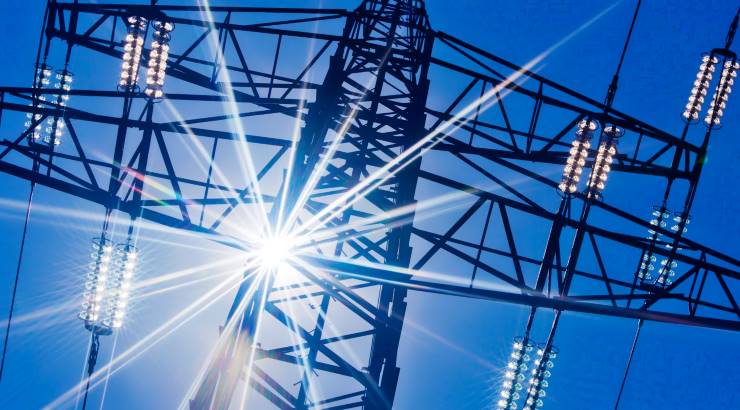Infrastructure
1,045km Ethiopia-Kenya Electricity Line Goes Live
The 500kV line will allow power trade between the two nations.

A 1,045km ‘electricity highway’ between Kenya and Ethiopia has been switched on – enabling power trade between the two neighbours.
Dubbed the Ethiopia-Kenya Transmission Interconnection Line, the 500 Kilovolts (kV) direct current (DC) power line went live mid-November after a successful test run of electricity supply to Kenya from Ethiopia.
“The project will provide reliable and affordable energy from a regional resource base and facilitate access to considerable clean regional energy resources, reducing pollution and vulnerability to climate change,” Kenya’s Ministry of Energy said in a statement.
According to Ethiopian Electric Power, the electricity transmission line between the two countries can deliver 2,000MW and generate up to $100 million annually.
“It’s a pivotal project geared towards transforming the multifaceted Ethio-Kenyan diplomatic relations,” Ethiopia’s ambassador to Kenya Bacha Debele said in a tweet on Nov 18.
Kenya’s Energy Petroleum and Regulatory Authority (EPRA) said on Friday that the country was importing an initial 150MW, with plans underway to scale up the imports.
“After the commissioning, our initial imports will be 150MW then it will upscale to 300MW in the next three years,” EPRA director general Daniel Kiptoo said in a press interview.
The Ethiopia-Kenya transmission line – covering 433km in Ethiopia and 612km in Kenya – will enable Nairobi to import cheaper electricity from hydroelectric projects in Ethiopia while setting the stage for inter-regional trade in energy.
Region’s first HVDC line
The electricity highway, which runs from Wolayita Sodo in Ethiopia to Suswa in Narok, will have a power transportation capacity of 2,000MW in either direction.
It will be the region’s first 500kV high-voltage direct current (HVDC) line. All the other transmission lines in the country are alternating current (AC) wires.
RELATED: KenGen to Build Africa’s Biggest Wind Farm
The 435km 400kV Loiyangalani-Suswa line that links Lake Turkana Wind Farm to the grid holds the top spot in the region in terms of capacity, along with the 400kV Mombasa-Nairobi 428km transmission line that was completed in 2017.
The Kenya-Ethiopia interconnector will be the country’s second cross-border link after the line with Uganda – which connects via the Ol-Karia-Lesos 132kV line.
The project was undertaken by a consortium of contractors comprising Germany-based Siemens for the converter station, KEC International of India, Larsen and Toubro of India and Kalpataru Power Transmission of India.
China Electric Power Equipment and Technology Company oversaw the construction of the line which was 80% backed by the World Bank and African Development Bank.
The Kenyan segment was completed for Sh63.2 billion – with the entire project estimated to have cost more than 100 billion.
Power purchase agreement
In August 2016, it was reported that Kenya had signed a deal to buy 400MW of electricity from Ethiopia and that Nairobi was keen to raise the power imports upon completion of several power projects that were then under construction.
In the agreement, Kenya was to purchase 400 MW of hydropower from Addis Ababa at a fixed tariff of Sh7 per unit for domestic use.
Ethiopia, which currently exports electricity to Kenya, Djibouti and Sudan, has invested billions of shillings in building hydro-power plants as it seeks to become a major power exporter in the region. The country can produce 60,000MW of electricity.














